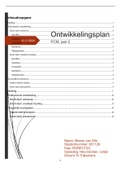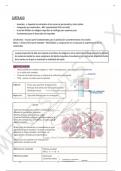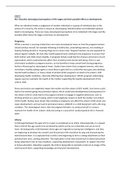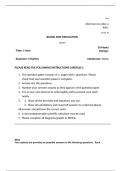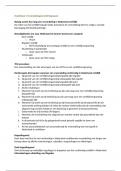Resumen
Tort Law Summary
- Grado
- Institución
- Book
This document comprises all the necessary notes needed for this course, in the International and European Law degree of quarter 3, taken from Vera Bermingham and Carol Brennan book and the Christian von Bar book including all legislation and cases.
[Mostrar más]






